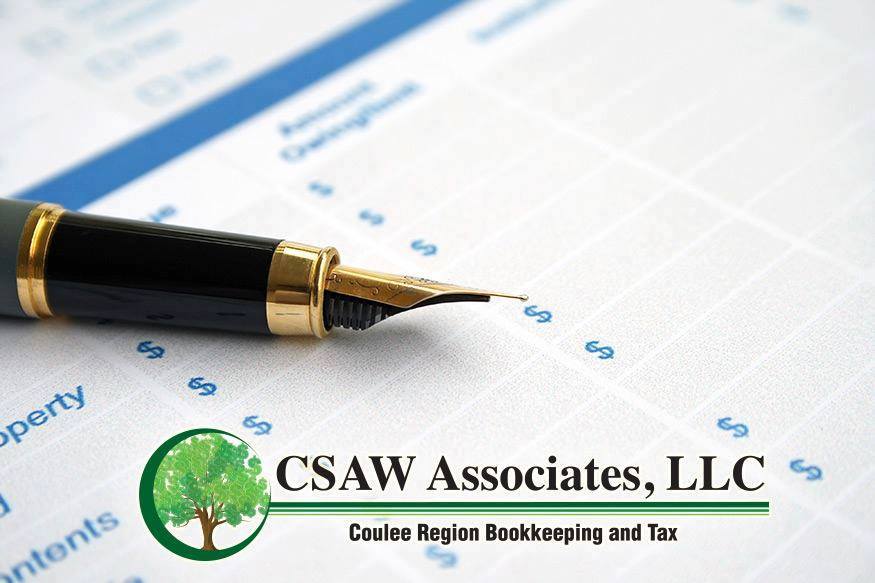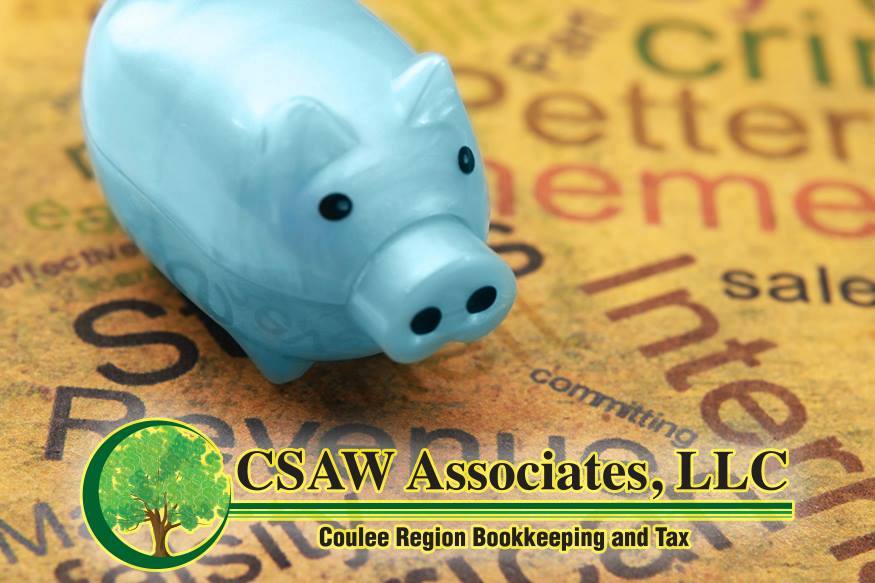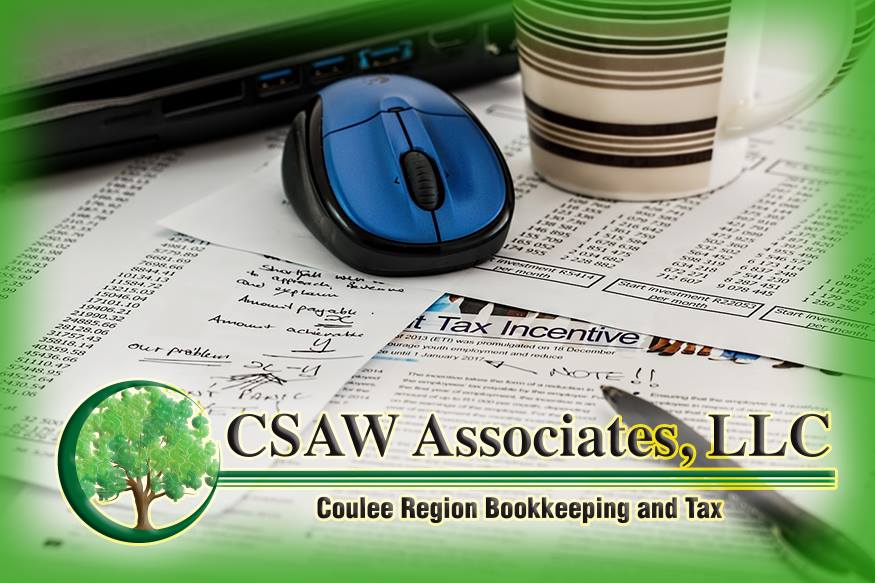Should Your Business Become Cash-Free?
A cashless business is one that processes all cash transactions electronically. There is no paper or coin money taken or handled. While no one society has become 100 percent cashless yet, most organizations are moving in that direction.
A business can become cash-free by providing multiple electronic alternatives to payment. Credit cards are the most common electronic payment implementation. This option most likely includes MasterCard, Visa, Discover, and American Express. Some businesses also have a PayPal account and offer that method for payments. Vemno, owned by PayPal, is an efficient mobile alternative, but it is mostly used for consumer-to-consumer transactions. And there is also cryptocurrency.
Cashless businesses are more efficient, help to reduce crime, and have a better audit trail of transactions. Going cash-free also saves money and time spent counting the money, storing the money, safeguarding the money, protecting employees at risk of becoming theft victims, and physically going to the bank.
On the negative side, credit card companies charge fees to merchants, although these can now be passed to the customer in most states. Electronic transactions also require a higher level of technology, and privacy is reduced. And while security is an issue, all merchants that take credit cards must comply with PCI (Payment Card Industry) security standards and sign a document each year stating so.
If your clientele does not keep their money in a bank or if they are not able (or have chosen not) to have a credit card, you may need to rethink going cashless. About 20 percent of U.S. households are challenged when it comes to having access to checking and savings accounts. This had led to several state and local laws being passed in the U.S. prohibiting a business from going cashless. Nothing has been passed at the national level as of this writing, however the Payment Choice Act was introduced in both chambers in mid-2020.
The pandemic has accelerated the move to cashless with the desire for contactless transactions. Several countries are leading the way to becoming cash-free as an entire country, including Sweden, Finland, Norway, China, and South Korea. Sweden’s government has been the most aggressive, claiming they will become a 100 percent cashless society by 2023.
Is going cashless right for you? Meeting your clients’ needs is a prime consideration. At the very least, you can move to increase the percentage of electronic transactions and decrease the percentage of cash transactions when feasible. This measure will save time and money in and of itself.



